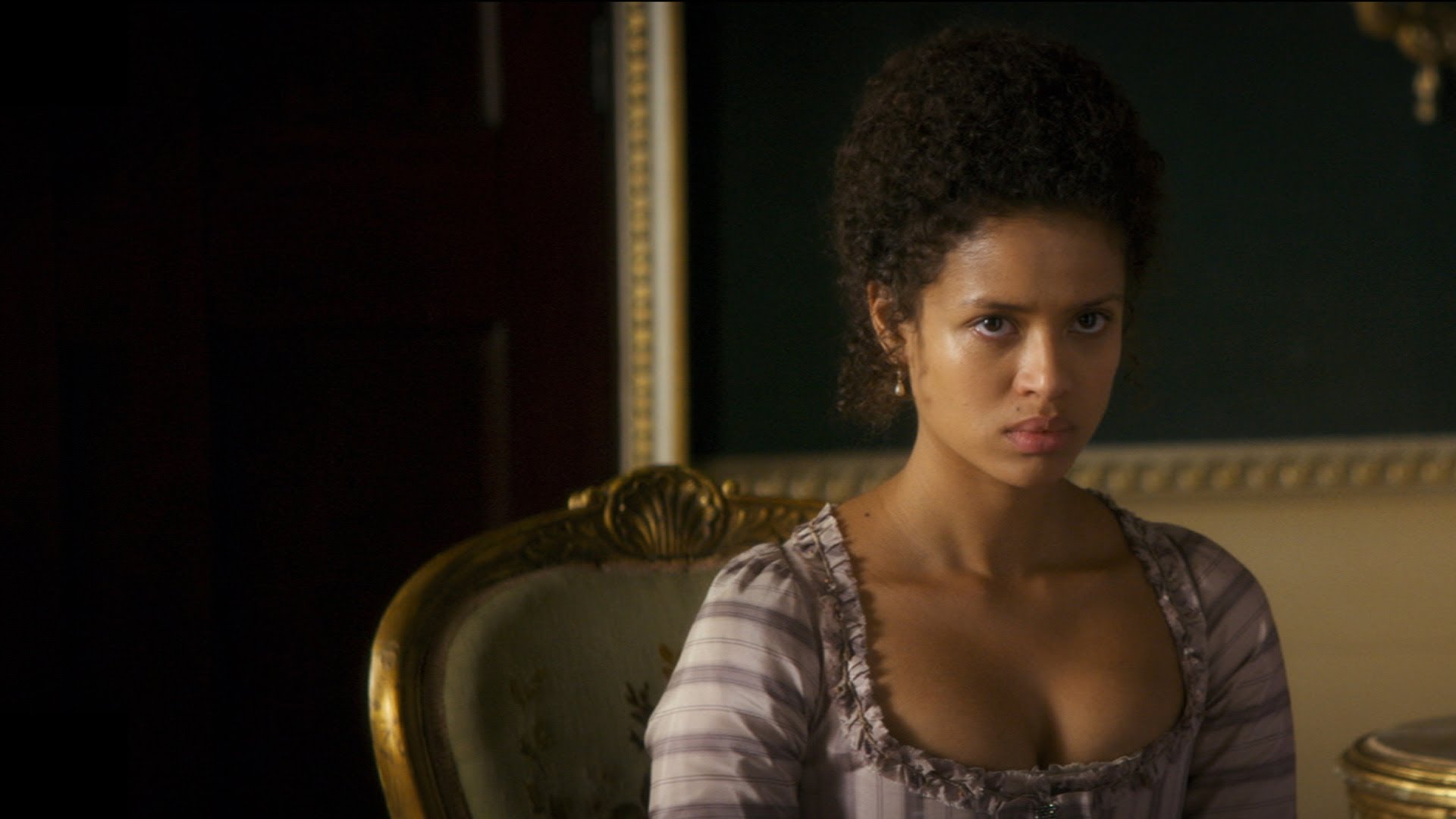
Belle
Amma Asante‘s Belle is cut from the same cloth as female-centric period dramas like The Duchess and Pride And Prejudice. Based on the true story of an 18th century biracial woman named Dido Elizabeth Belle, the film tells her story of growing up in British aristocracy. Though this type of genre film usually juggles topics of female empowerment, dowries and engagements, Belle is unique in that it also deals with racism in 18th century Britain.
The Players:
- Director: Amma Asante
- Screenwriter: Misan Sagay
- Starring: Gugu Mbatha-Raw, Matthew Goode, Emily Watson, Tom Wilkinson, Sarah Gadon, Tom Felton
- Original Music by: Rachel Portman
The Plot:
Dido Elizabeth Belle (Gugu Mabatha-Raw), the illegitimate mixed race daughter of a Royal Navy Admiral, is raised by her aristocratic great-uncle Lord Mansfield (Tom Wilkinson) and his wife (Emily Watson). Though Belle’s lineage affords her certain privileges, the color of her skin prevents her from fully participating in the traditions of her social standing. Left to wonder if she will ever find love, Belle falls for an idealistic young vicar’s son bent on change who, with her help, shapes Lord Mansfield’s role as Lord Chief Justice to end slavery in England.
The Good:
- Performances: It’s a given that Tom Wilkinson and Emily Watson are always going to churn out great performances, especially when the material predates automobiles. The two are perfectly cast as Lord and Lady Mansfield, Elizabeth’s loving, but socially hypocritical uncle and aunt. Then there’s Gugu Mabatha-Raw, who stars are Dido, a curious and spirited young mixed woman, who struggles to find her place among British aristocracy. Mabatha-Raw’s powerful performance is rooted in her ability to work well with her other cast members. She shares good chemistry with everyone, especially Sarah Gadon‘s lively but naive Lady Elizabeth Murray. She’s Dido’s confidant, and they both share a sisterly chemistry that’s both sweet and strong. Then there’s Tom Felton, who plays the nasty, racist James Ashford. Felton might be sick and tired of playing the bad guy, but the truth is, he always does a great job in that kind of character.
- Love Story: Where would this period piece be without a love story? Dido finds true love in Sam Reid‘s John Davinier, the son of a vicar with high hopes of becoming politically influential. Dido and John’s connection goes deeper than sexual attraction/lust, and that’s why this love story works so well. They are able to see in each other what others cannot, and their journey to “happily forever after” is told in a beautiful and poetic way.
- Tom Wilkinson And The Zong: Belle revolves around the 1781 Zong massacre, in which a British slave ship purposely drowned some 142 slaves in the Caribbean. The slave traders went on to say that they didn’t have enough water for the voyage and wanted the insurers to play for their lost cargo–the slaves. The traders lost the case, and this was a huge first step in the abolition of slavery in Britain. Wilkinson does a great as Lord Mansfield, the Chief Justice who ruled for the insurers. His perspective from the legal side adds a nice balance to the film.
The Bad:
- Doesn’t Go Deep Enough: Between racism, the Zong events, dowries and yes, even the powerful love story between Dido and John, Belle feels uneven and crowded. There’s too much going on here to make three films. We admire Asante’s ambition to include all of these events and issues in less than two hours, but the problem is that she doesn’t dive deep enough with any of them. And the big issue here is race, but Asante only manages to scratch the surface.
Overall:
Belle is no 12 Years A Slave. It’s a very pretty film, and not just in terms of the young cast, but also the set design, elegant gowns, and eloquent language. The performances alone make this period drama worth watching. And though Belle doesn’t go deep enough with the issue of race, there’s a neat history lesson about the mixed woman who was raised in British aristocracy and the 1781 Zong massacre. So watch it, you’ll learn something.



